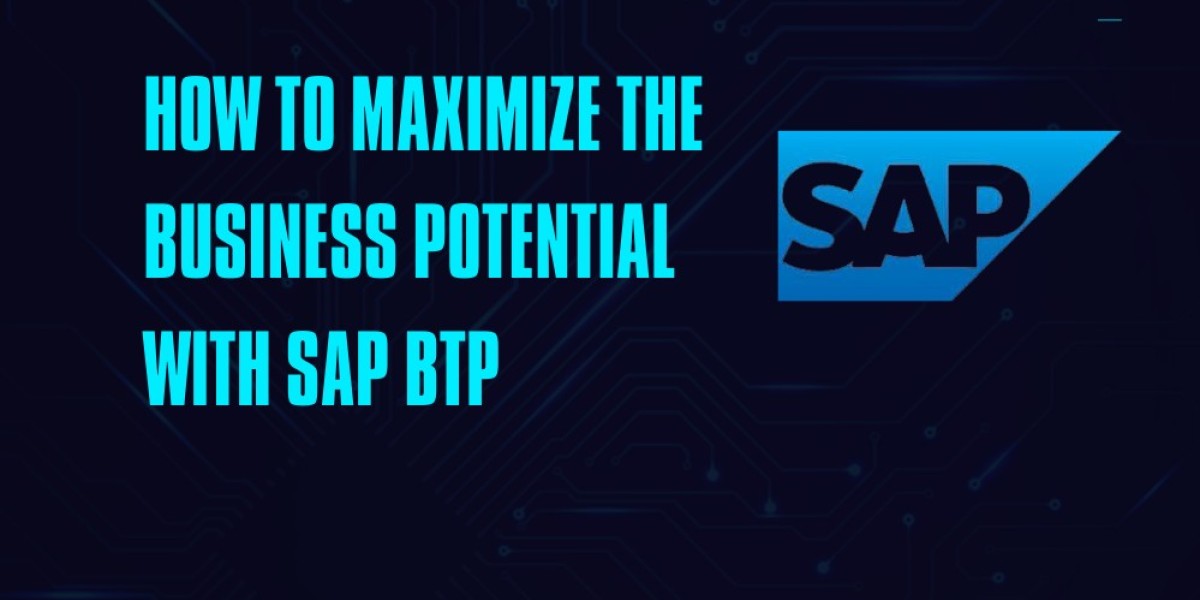SAP BTP offers businesses the ultimate functionality to unlock themselves in a fast-growing digital world. It integrates data management, analytics, AI, and machine learning, along with application development, through a unified platform to enable organizations to optimize operations and enhance decision-making while unlocking growth. Businesses can streamline processes and enhance customer experience with help of SAP BTP, thus proving competitive in an ever-increasing data-driven landscape.
One of the strongest capabilities of SAP BTP lies in its potential to integrate systems and data from different sources. Companies, working in today's business environment, usually deal with numerous applications spread across on-premise and cloud environments from various vendors, SAP and third parties. SAP BTP has strong integration tools for applications that easily connect various systems to allow for free and constant flow of data throughout the organization. By integrating different systems, businesses can break down data silos and get a 360-degree view of their operations, which helps in better decision-making and collaboration between departments.
Apart from integration, SAP BTP provides advanced data management capabilities that help businesses manage large volumes of data efficiently. Modern business operations are deeply rooted in data, and it is the power of using it well that makes the difference between a company's success and failure. SAP BTP supports both structured and unstructured data, so businesses can have flexibility in handling different types of data from social media, IoT devices, and transactional systems. The platform also has data cleansing, enrichment, and governance features, which ensure that businesses can depend on accurate and consistent data to drive decisions. With real-time data processing, SAP BTP enables organizations to act quickly in seizing opportunities and responding to market changes.
Analytics is another area where SAP BTP shines, providing businesses with powerful tools to derive insights from their data. The platform offers capabilities for descriptive, predictive, and prescriptive analytics, which allow organizations to understand past performance, forecast future trends, and take proactive measures based on data-driven insights. Descriptive analytics helps businesses comprehend what has happened in the past, while predictive analytics offers a glimpse into future trends based on historical data. Prescriptive analytics goes a step further by providing actionable recommendations for optimizing business processes and improving overall performance. This analytics capability allows organizations to make smarter, data-driven decisions that lead to increased profitability and operational efficiency.
One of the key features of SAP BTP is its support for artificial intelligence (AI) and machine learning (ML). Businesses want to innovate and automate, and AI and ML technologies are integral to this change. With SAP BTP, organizations can build intelligent applications that help automate routine tasks, identify hidden patterns in data, and offer personalized recommendations. For example, AI can optimize supply chain operations, predict customer behavior, or enhance the customer service experience. Through the incorporation of these technologies, companies will be better equipped to understand their customers' needs and wants, anticipate changes in the market, and make decisions that can drive sustainable success.
Another unique aspect of SAP BTP is its flexibility and scalability. Businesses are dynamic, and so are their technology requirements. The cloud-native architecture of SAP BTP supports public, private, and hybrid cloud environments, giving organizations the flexibility to scale their operations without the burden of on-premise systems. Whether expanding into new markets, adding new applications, or integrating with external partners, SAP BTP ensures the business stays agile and resilient in changing demands. This makes it possible for businesses to stay ahead of competitors by adapting quickly to new opportunities and challenges.
Security and compliance are also critical components of SAP BTP. In the era of heightened data privacy concerns, business organizations need to protect sensitive data and comply with regulations such as GDPR. SAP BTP offers robust security features, including encryption, access controls, and identity management, ensuring that business data is safe throughout its lifecycle. These security features help businesses mitigate the risks of data breaches and meet regulatory requirements, which is vital in maintaining customer trust and safeguarding the organization's reputation.
Lastly, SAP BTP promotes cross-team collaboration in an organization. The platform offers a suite of tools that allow developers, business analysts, data scientists, and IT teams to collaborate without hassle. Cross-functional collaboration, therefore, means that businesses will be able to innovate faster and deliver solutions that customers need. It is also easy to integrate third-party applications because the platform supports APIs. Thus, it makes it possible for organizations to extend their capabilities by integrating new technologies as required.
In a nutshell, SAP BTP is a powerful platform that enables businesses to maximize their potential by leveraging data, advanced analytics, AI, and cloud technologies. With seamless integration, real-time data processing, and scalability, SAP BTP empowers organizations to streamline operations, enhance decision-making, and innovate. The flexibility, security, and collaboration features of the platform make it an essential tool for businesses looking to stay competitive and achieve sustainable growth in today's digital world.



